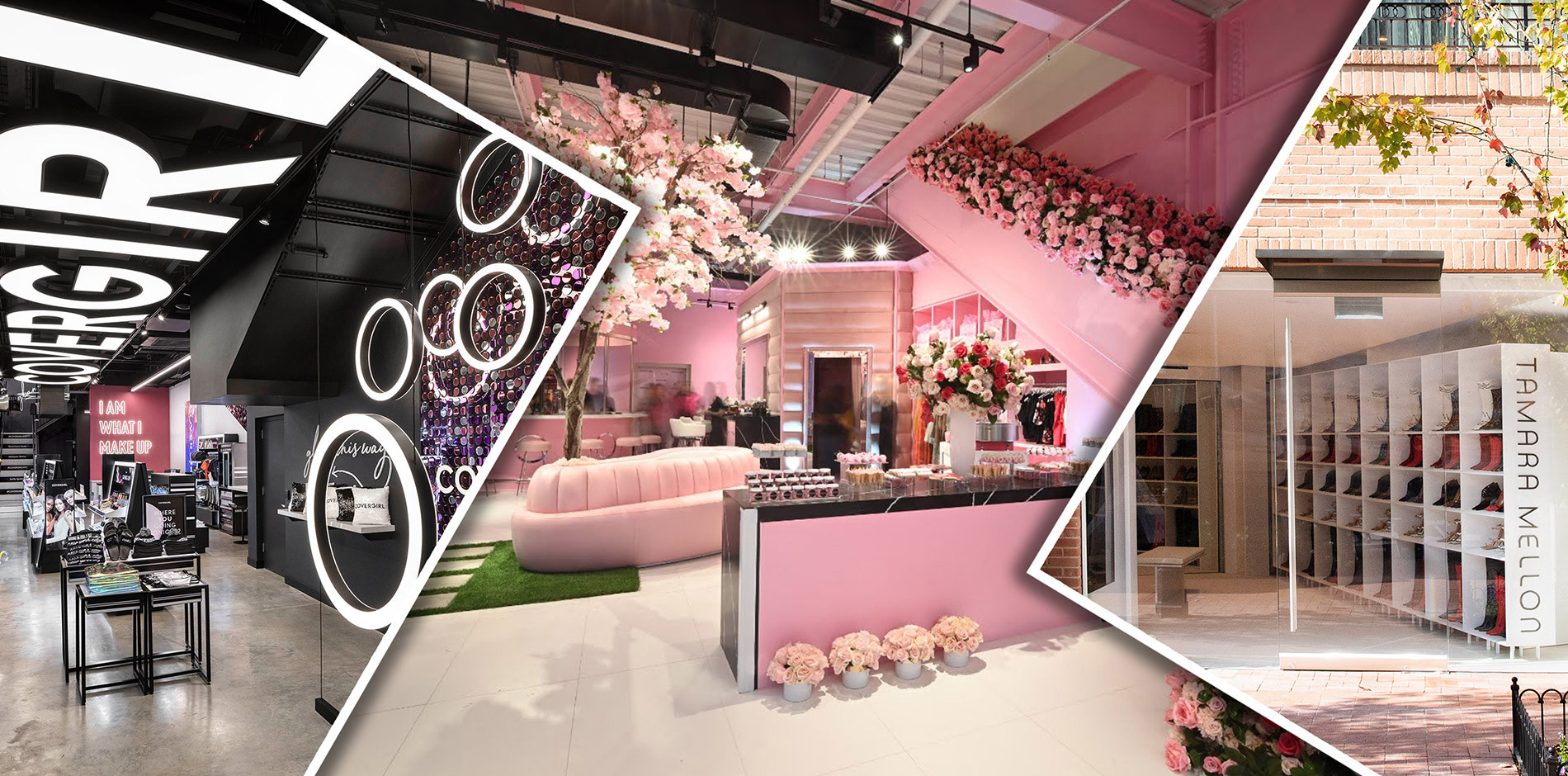There was a positive buzz at ICSC’s RECon last month, where attendees discussed the future of retail as it continues to reboot, adjusting and adapting to consumer expectations as millennials and Gen Z develop more purchasing power. The industry has been progressing through a natural cycle, and we’ve seen a lot of evolution since last year’s conference: new concepts, more digitally-native brands trying brick-and-mortar, and international brands opening stores in the U.S.
1. The industry is fluid and self-correcting. When one option becomes cost-prohibitive or the barrier to entry is too high, savvy developers and retailers find new alternatives. Rent in Manhattan on Fifth and Madison continues to remain high, so retailers are moving to more affordable neighborhoods like SoHo and Meatpacking, driving an increase in vacancies on the iconic retail thoroughfares and demand and opportunity elsewhere. Market conditions dictate actions, and the direction of the industry is a result of how brands and retailers respond.
2. Shopping centers and mixed-used developments with the right approach continue to flourish. Shopping centers that see vacancies as opportunities to diversify can reap major benefits. As food and entertainment continue to prove themselves as traffic drivers, more owners and developers are seizing their chances to incorporate these components. Westfield Valencia Town Center in Santa Clarita is converting the former Sears anchor tenant space into a Costco, with rooftop parking and a luxury cinema. It will then transform the surplus parking lot spots into The Patio Connection, creating a convenient loop to its outdoor shopping area—The Patios—and adding a full-service health and fitness center and specialty shops.
3. Digitally native brands still find brick-and-mortar necessary. As JLL’s Clicks-to-Bricks report predicted, digitally native brands continue to see the value in a dedicated space to showcase their products and create a brand connection. The average clicks-to-bricks store size is 2,800 square feet, with concepts ranging from Tamara Mellon’s 400-square-foot shoe closet in Palisades Village, to Wayfair’s upcoming full-service, 3,700-square-foot store in Massachusetts’s Natick Mall, to PrettyLittleThing’s 6,500-square-foot influencer lounge and office space on Melrose Avenue.
Developers and retailers who strike the right mix of tenants and experiences will continue to see success in 2020.
By: Jim Scarpone, Director of Business Development
